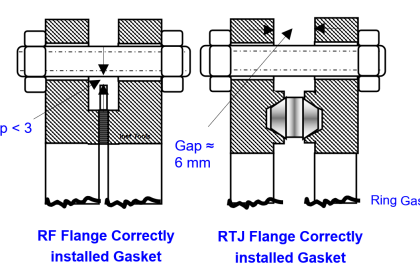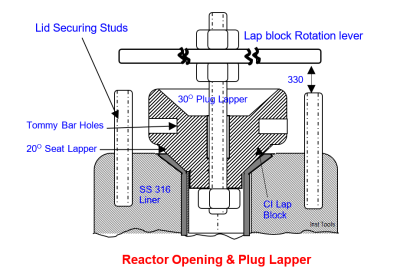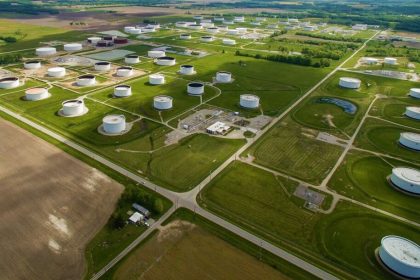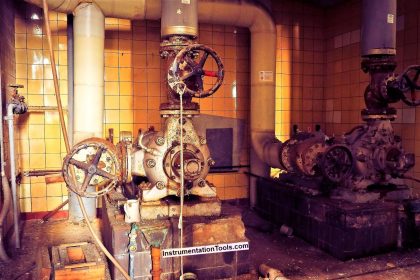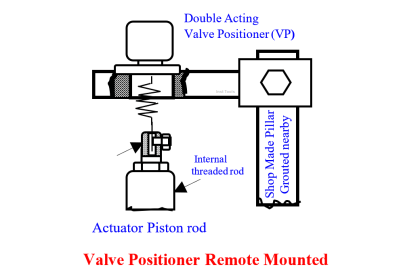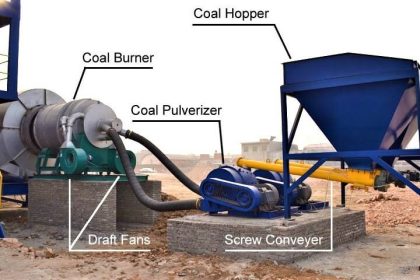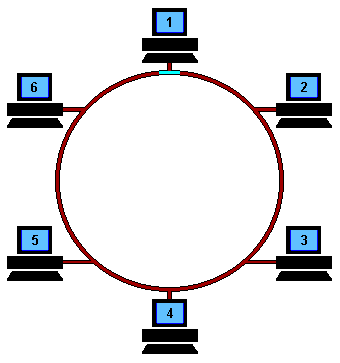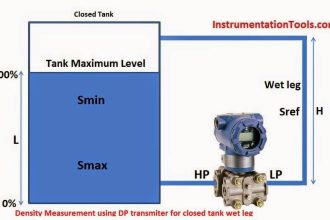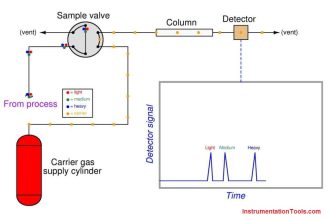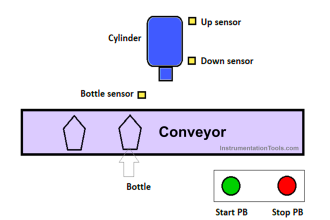Root Cause Analysis (RCA): 1800 kW 8000 to 750 RPM Gearbox (GB) within week failing journal bearing (JBs) upset plant operations.
| Article Type: | Root Cause Analysis (RCA) |
| Category: | Mechanical |
| Equipment Type: | Miscellaneous Rotating Machine Problems |
| Author: | S. Raghava Chari |
Note: This root cause analysis (RCA) is from real-time scenarios that happened in industries during the tenure of two or three decades ago. These articles will help you to improve your troubleshooting skills and knowledge.
Equipment Description
A gearbox (GB) couples an 8000-RPM steam turbine to a 750 RPM 1800 KW plant cooling water (CW) recirculation centrifugal pump.
Another turbine driven pump is standby. 750 RPM motor driven pump is always in parallel with the TDP.
Gearbox within week Failing Journal Bearing Problem
Journal bearings generally last and last. However, the gearboxes’ Journal Bearing (JBs) failing within a fortnight or even sooner, and the crew taking it a way of life surprised the author and prompted him to personally root cause analyze the problem.
Author RCA study
The author posed RCA queries, the decade long problems handling persons’ answers, history card contents, Gearbox (GB) drawing studies, failed bearing inspection and site visits led to the following conclusions:
- The Journal Bearing (JBs) failed first time 1½ year after commissioning.
- Crew found the lube pump (LP) shaft end spigot which penetrates a same shaped hole in the high-speed shaft (HSS) broken. Obvious lube-starve ruined the GB all JBs – the first JBs rub failure and need for a local vendor rebabbitting.
- The US technician doing no RCA and attributing item to high 8000‑RPM shifted the LP to the 2000 RPM Intermediate speed shaft (ISS) doing the necessary modifications – an unauthorized modification.
- Rampant JB failures started then on. The peeled babbitts’ black color indicated high temp failure,
- Somehow crews did not consider the blackened babitt and the failures start after the LP shift to ISS. RCA query when the problem started, and little thinking would have identified shifting the LP to ISS as the root cause; it’s elimination would have avoided the subsequent numerous JB failures, because of the following reasons:
- The lube pump, a gear pump throughput is proportional to its speed. Hence, now it delivers 2000/8000 = ¼ of the former delivery. Obviously even with the oil pressure controller knob turned all the way in, the lube circulation is far insufficient
- The oil circulation not only lubricates the JBs but also takes away the heat gears mesh and JBs generate and rejects it to the CW in the oil cooler to realize normal 65-75o C GB oil temp.
- Contact pyrometer shown casing temperature was around 105o C and measured gearbox oil temp 115o C – way too high compared to normal 60‑75o C.
- Perhaps the above factors ignorance, the shop made bearing shells and local vendor rebabitting inadequacy mindset made them to accept the situation as a way of life and live with it 8-years long.
- Too low oil pressure of 0.4 Kg/Cm2 even at max lube oil pressure controller setting against the common 1.4 bars for similar RPM machines confirmed guessed root cause.
Author temporary RCA Solution
0.8 Kg/Cm2, oil pressure with motor driven aux LP pump in parallel, though better than before is still inadequate.
12oC lower oil temperature confirmed the RC found approach right.
Lasting RCA solution
The GB vendor too agreed with the Author diagnosis and advised 1.8 bars oil pressure, which the GB manual did not show and the experienced rotating machine engineers setting 1.4 bars lube oil pressure for other high-speed machines failed to set in this case.
Since the crew was wary of modifications to shift the LP to HSS, the author rush airfreighted 3 Nos. ISS driven LP – 1 for each GB and 1 as standby.
On fitting the new LPs on ISS, crew had to back up the oil pressure regulator to get 1.8 kg/cm2 oil pressure even stopping the motor driven lube pump. The JB oil temp dropped to normal 65o C
RCA solution implemented benefits
Though the JB failures vanished, and JB temperatures were normal the plant did not realize the expected benefits.
The author checked and found problem 30 described below was the root cause, eliminated it and the plant realized the expected uninterrupted CW pump runs benefits.
Author: S. Raghava Chari
Do you face any similar issues? Share with us through the below comments section.
If you liked this article, then please subscribe to our YouTube Channel for Instrumentation, Electrical, PLC, and SCADA video tutorials.
You can also follow us on Facebook and Twitter to receive daily updates.
Read Next:
- Turbo-Compressor Problem
- Compressor Anti-Surge Control
- Plant Air Compressors Problems
- Antifriction bearings (AFB) Problems
- Acid Dozing Pumps Root Cause Analysis
